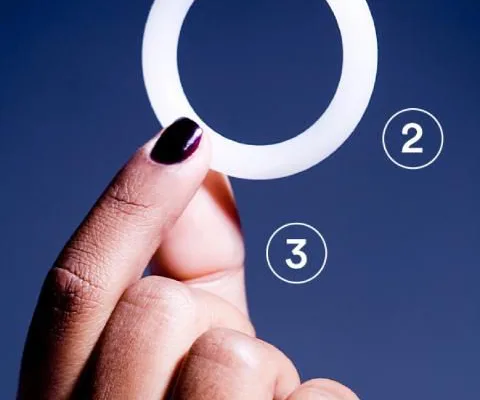
The Journalists Association Against HIV and AIDS (JournAIDS) has recommended that Malawi should push for the use of a female-initiated option, called Dapivirine Ring (DPV-VR), to reduce the risk of HIV infection in women.
According to the Programs Manager at JournAIDS, Dingani Mithi, studies have demonstrated that a ring can lower the risk of getting HIV through vaginal sex for women who are at significant risk of HIV, as a complementary prevention strategy to other safer sex practices.
Mithi added that women need to be protected from HIV because they are at high risk of contracting it. Therefore, the government, through the Ministry of Health, should ensure that this ring is used.
“We comprehend that the Ministry of Health requested a cost-benefit analysis that would incorporate the cost of purchasing this ring. We ask journalists to assist us in raising awareness with our policy and decision-makers, as it has been a long time since this ring has been in use.
After a three-year study, Clinical Research Investigator Tchangani Tembo discovered that the ring is safe to use by women between the ages of 18 to 45 and can reduce HIV by 35 per cent.
The World Health Organization (WHO) recommended that the dapivirine vaginal ring (DPV-VR) may be offered as an additional prevention choice for women at substantial risk[1] of HIV infection as part of a combination prevention approach.
The DPV-VR is a female-initiated option to reduce the risk of HIV infection. To properly use the ring, it must be worn inside the vagina for 28 days, after which it should be replaced by a new ring. The ring is made of silicone and is easy to bend and insert. The ring works by releasing the anti-retroviral drug dapivirine from the ring into the vagina slowly over 28 days.
Two Phase III randomized controlled trials found that using the DPV-VR reduced the risk of HIV infection in women and long-term use was well-tolerated. The Ring Study demonstrated an HIV reduction of 35% among women using DPV-VR, and the ASPIRE study a 27% reduction in risk.
Results from the open-label extension studies of the trials showed increases in ring use and modelling data suggest greater risk reduction — by over 50% across both studies — compared to the Phase III trials. Secondary analyses of the trial data also suggest higher risk reduction among women who consistently used the DPV-VR.














